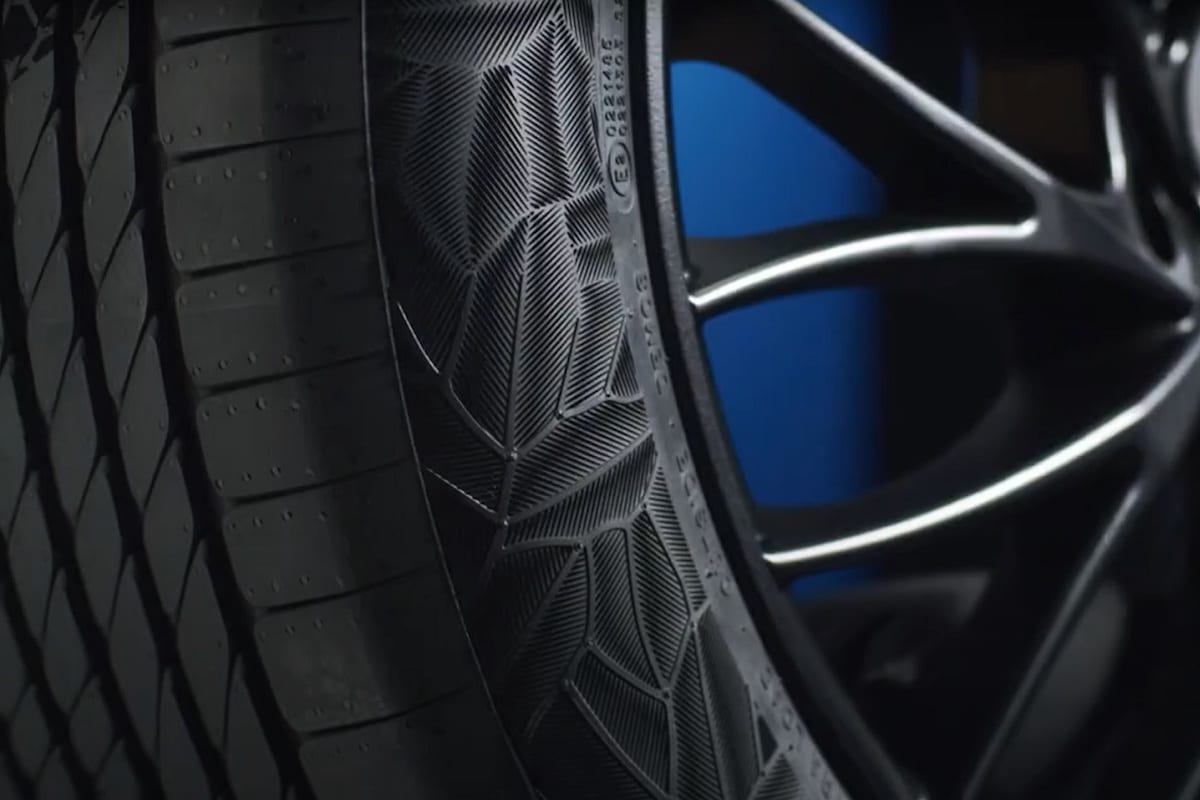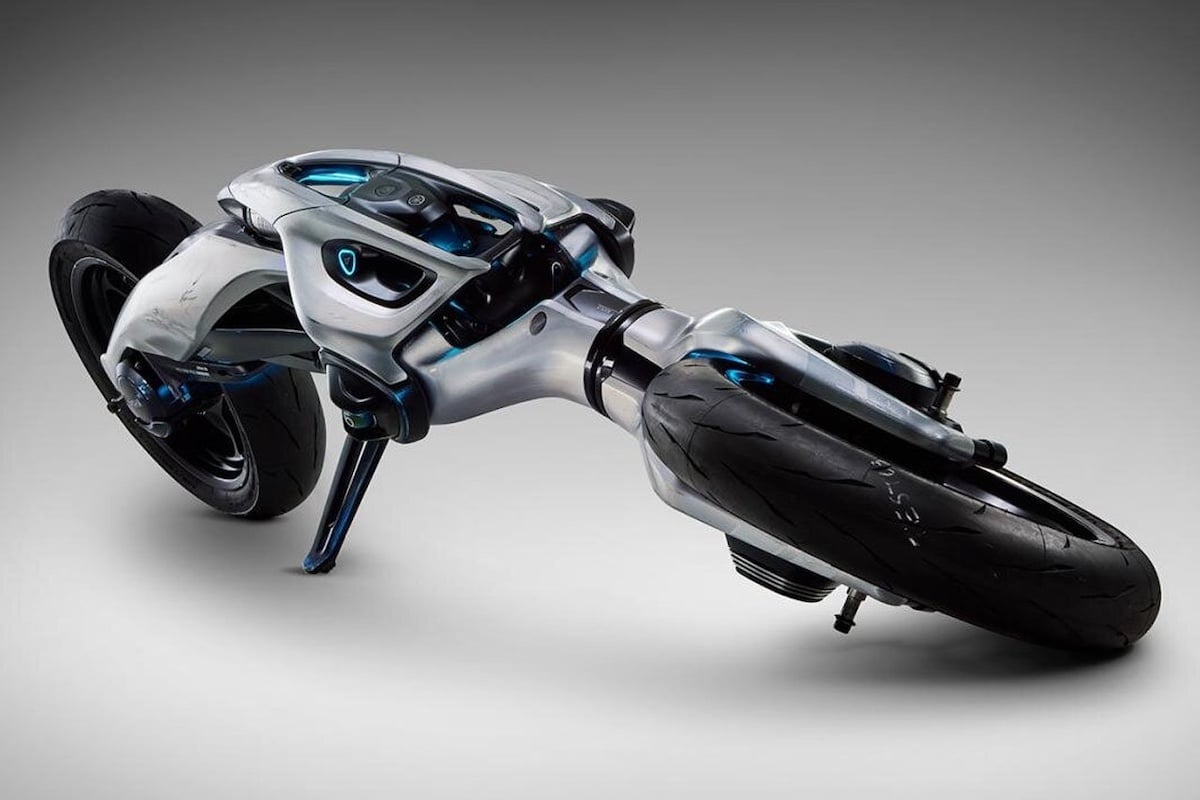Low-resistance tires + cold weather = danger?
This page is translated from the original post "Pneus à faible résistance + temps froid = danger ?" in French.

The cold wave sweeping through France raises questions about the grip offered by low-adhesion tires.
To improve traffic flow on roads in mountainous regions and increase user safety, it is mandatory to equip vehicles with winter tires or to carry chains or snow socks, from November 1, 2023, to March 31, 2024, in certain mountain areas. Enforced since November 1, 2021, this winter obligation is established by a decree published in the Official Journal on October 18, 2020.
All vehicles with four wheels or more are affected by this requirement: passenger vehicles, commercial vehicles, campers, coaches, buses, and heavy goods vehicles. Prefects of the 34 departments located in mountainous massifs (Alps, Corsica, Central Massif, Jura Massif, Pyrenees, Vosges Massif) must establish a list of communes where vehicle equipment becomes mandatory during the winter period, i.e., from November 1 to March 31. This list is drawn up in consultation with local elected officials concerned.
| Massif | Department | Prefectural Order | Order Date |
| Alps | Alpes-de-Haute-Provence | yes | 09/27/21 |
| Hautes-Alpes | yes | 10/07/21 | |
| Alpes-Maritimes | yes | 10/04/2021 10/10/2022 | |
| Drôme | yes | 09/27/21 | |
| Isère | yes | 10/07/21 | |
| Savoie | yes | 09/27/21 | |
| Haute-Savoie | yes | 09/30/21 | |
| Var | yes | 09/23/21 | |
| Vaucluse | yes | 10/04/21 | |
| Corsica | Corse-du-Sud | yes | 10/29/21 |
| Haute-Corse | yes | 11/23/21 | |
| Jura | Ain | yes | 07/05/21 09/20/21 10/18/21 |
| Doubs | yes | 07/29/21 | |
| Jura | yes | 08/19/21 | |
| Massif central | Allier | yes | 09/28/21 |
| Ardèche | yes | 10/01/21 | |
| Aveyron | yes | 10/06/21 | |
| Cantal | yes | 09/09/21 | |
| Corrèze | yes | 10/06/21 | |
| Côte-d’Or | yes | 10/04/21 | |
| Creuse | yes | 09/20/21 | |
| Gard | yes | 09/23/21 | |
| Hérault | yes | 12/07/21 | |
| Loire | yes | 09/28/21 | |
| Haute-Loire | yes | 09/16/21 | |
| Lot | yes | 10/28/21 | |
| Lozère | yes | 10/15/21 | |
| Nièvre | yes | 09/28/21 | |
| Puy-de-Dôme | yes | 10/11/22 | |
| Rhône | yes | 10/05/21 | |
| Saône-et-Loire | yes | 09/13/21 | |
| Tarn | yes | 10/22/21 | |
| Tarn-et-Garonne | yes | 09/28/21 | |
| Haute-Vienne | yes | 09/27/21 | |
| Yonne | yes | 10/04/21 | |
| Pyrenees | Ariège | yes | 10/04/21 |
| Haute-Garonne | yes | 11/10/21 | |
| Pyrénées-Atlantiques | yes | 10/18/21 | |
| Hautes-Pyrénées | yes | 09/28/21 | |
| Pyrénées-Orientales | yes | 10/05/21 | |
| Pyrénées et Massif central | Aude | yes | 10/01/21 |
| Vosges | Meurthe-et-Moselle | yes | 11/15/21 |
| Moselle | yes | 09/30/21 | |
| Bas-Rhin | yes | 10/11/21 | |
| Haut-Rhin | yes | 10/29/21 | |
| Haute-Saône | yes | 10/20/21 | |
| Vosges | yes | 09/20/21 | |
| Vosges et Jura | Territoire-de-Belfort | yes Yes | 08/26/2021 10/04/2021 |
| 48 departments involved in consultation | 34 departments subject to obligation | 14 departments with no obligation |
The French resistance to certain laws, but also the lack of communication and control, creates a volatile cocktail in terms of road safety. Moreover, the combination of low rolling resistance tires — which are very popular for reducing fuel consumption — and extreme cold can pose a real danger.
- Reduced grip: Low rolling resistance tires are designed to reduce friction to improve energy efficiency. However, this can lead to decreased grip, especially on slippery or icy surfaces typical of cold weather.
- Performance in cold weather: Tire characteristics, such as rubber flexibility, can be affected by very low temperatures. Some low-resistance tires might not be designed to maintain optimal performance in extreme cold conditions.
- Reaction time: Reduced grip can increase braking distances and affect vehicle handling, which is particularly dangerous in emergency situations or on icy roads.
- Specific design: Some low-resistance tires are specifically designed for particular climates or seasons. Using these tires outside their optimal temperature range can significantly decrease performance. These tires often use special rubber compounds that minimize road friction. These blends may include additives like silica to reduce resistance while maintaining some grip.
It is important to choose tires suitable for your environment and the weather conditions you face regularly. If in doubt, consult a tire specialist or mechanic for advice on the best tires for your vehicle and driving conditions.
Studies have shown that low rolling resistance tires can increase braking distance by 5% to 10% under normal conditions compared to standard tires with better grip. These distances grow even more when the temperature drops below 7°C. For example, if a vehicle with standard tires stops from 100 km/h in 40 meters, a 10% increase means an approximately 44-meter braking distance with low-resistance tires. Four meters that can make all the difference in occupant safety and vehicle condition.
Energy consumption is one point, but safety must always come first!
ALSO READ: Why is the Tesla Model 3’s range so low in the USA?
We also suggestthese articles:
Also read





